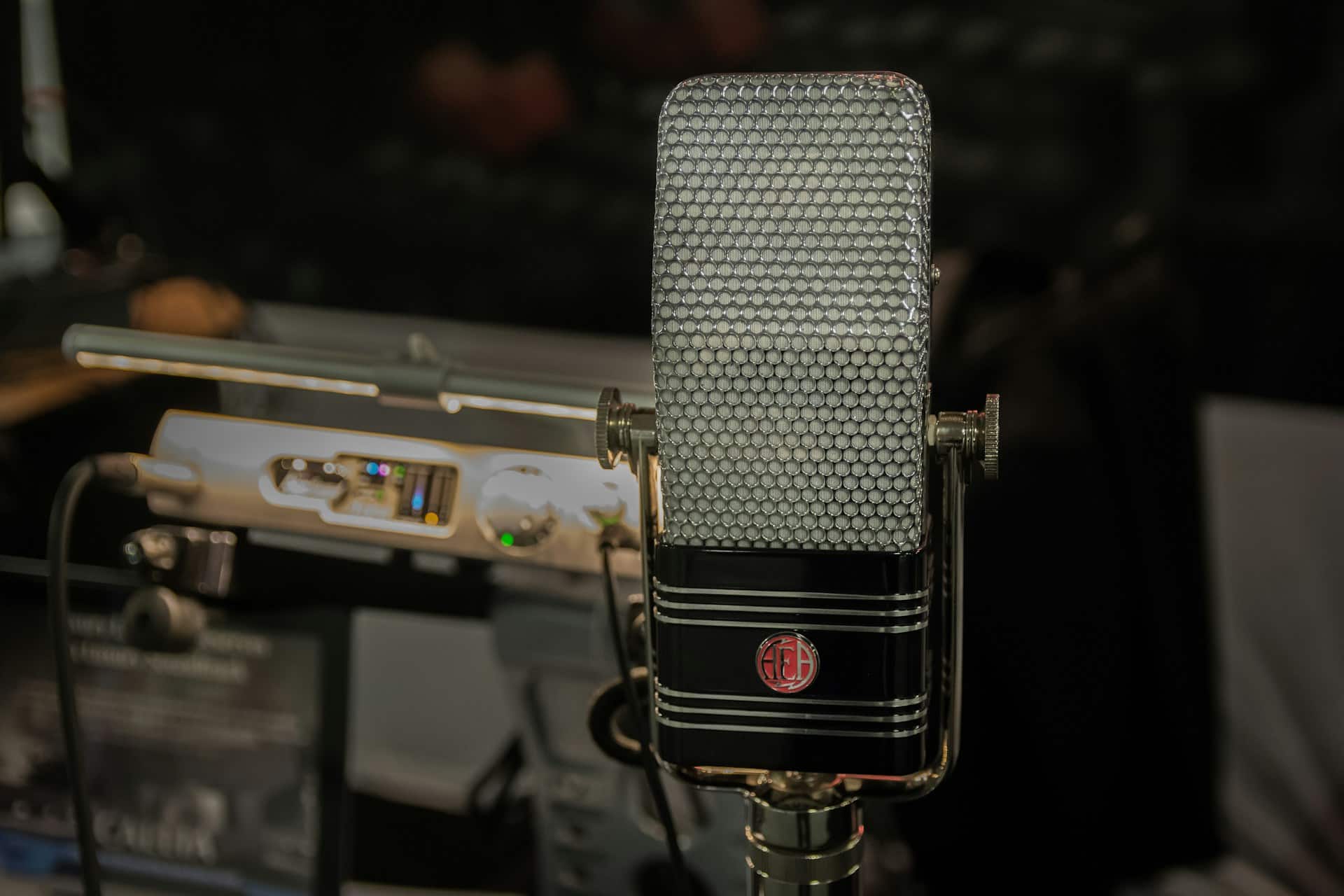How to use AI for improving the accuracy of speech recognition systems?

In today's rapidly advancing technological landscape, speech recognition systems play an increasingly pivotal role across various domains. From virtual assistants to customer service, these systems translate human speech into text, making interactions seamless and efficient. However, achieving accurate and reliable speech recognition remains a significant challenge. This article explores how artificial intelligence (AI), machine learning, and deep learning can enhance the accuracy of these systems.
The Evolution and Importance of Speech Recognition Technology
Speech recognition technology has come a long way since its inception. Initially, it was primarily used for basic transcription tasks, converting spoken words into text. Over the years, advancements in natural language processing and recognition software have revolutionized the way we interact with machines. Today, speech recognition systems are integral to various applications, from virtual assistants like Siri and Alexa to customer service chatbots.
Lire également : What are the best practices for managing sensitive data in cloud-native applications?
The importance of voice recognition cannot be understated. It enhances accessibility for individuals with disabilities, facilitates hands-free operation of devices, and improves efficiency in professional settings. However, despite these advancements, challenges persist in achieving high levels of accuracy in diverse and noisy environments. This is where AI-powered solutions come into play, offering the potential to overcome these hurdles.
Leveraging AI and Machine Learning for Enhanced Accuracy
AI and machine learning are at the forefront of speech recognition advancements. These technologies enable systems to learn from vast amounts of data and improve their performance over time. Neural networks and deep learning models, in particular, have shown remarkable capabilities in processing and understanding human speech.
A lire également : Secure data disposal: how Evernex ensures complete data erasure
The Role of Neural Networks
Neural networks are a key component of modern speech recognition systems. These networks mimic the human brain's functioning, allowing the system to understand complex patterns in speech data. By training on extensive datasets, neural networks can differentiate between words and phrases, even in the presence of background noise. This leads to more accurate speech recognition and enhances the system's ability to understand different accents and dialects.
Deep Learning and its Impact
Deep learning takes neural networks a step further by utilizing multiple layers of processing to extract intricate features from audio signals. This hierarchical approach enables the system to recognize subtle nuances in speech, such as intonation and emphasis. Deep learning models can adapt to various speaking styles and environments, significantly improving the accuracy of recognition systems.
The Significance of Data
High-quality data is crucial for training effective speech recognition models. AI-powered systems require vast amounts of annotated audio data to learn and generalize well. Diverse datasets, encompassing different languages, accents, and noise conditions, ensure that the model can handle real-world scenarios effectively. Data augmentation techniques, such as adding synthetic noise or varying pitch, further enhance the model's robustness and accuracy.
Addressing Common Challenges in Speech Recognition
Despite the advancements in AI and machine learning, speech recognition systems still face several challenges. These challenges can impact the system's accuracy and overall performance. Understanding and addressing these challenges is essential for developing reliable and efficient recognition technology.
Noise and Environmental Factors
One of the primary challenges in speech recognition is dealing with background noise. Whether it's a bustling office, a crowded street, or a noisy home, ambient sounds can interfere with accurate speech recognition. AI-powered recognition systems employ noise-cancellation algorithms and techniques to filter out unwanted sounds and focus on the speaker's voice. By leveraging learning models trained on noisy environments, these systems can improve their performance in real-life scenarios.
Accents and Dialects
Another significant challenge is recognizing different accents and dialects. Human speech varies greatly across regions and cultures, making it difficult for traditional recognition systems to achieve high accuracy. AI-powered solutions address this challenge by training on diverse datasets that include various accents and dialects. This enables the system to adapt and accurately recognize speech from speakers with different linguistic backgrounds.
Real-Time Processing
Real-time speech recognition is crucial for applications like virtual assistants and customer service. However, processing audio data in real-time while maintaining high accuracy can be challenging. AI-powered systems utilize advanced algorithms and optimized architectures to process speech quickly and accurately. This ensures that the system can respond promptly to user commands and queries, enhancing the overall user experience.
The Role of AI in Language Processing and Transcription
AI has revolutionized language processing and transcription, making it possible to convert human speech into text with remarkable accuracy. This transformation has significant implications for various industries, including healthcare, legal, and media. By leveraging AI-powered recognition software, these industries can streamline their operations and improve efficiency.
Automatic Speech Recognition Systems
Automatic speech recognition (ASR) systems are at the core of modern transcription services. These systems use AI algorithms to analyze audio signals and convert them into text. ASR systems can transcribe speeches, interviews, meetings, and more, with high accuracy and speed. This automation reduces the need for manual transcription, saving time and resources.
Enhancing Customer Service
In the realm of customer service, AI-powered recognition technology has transformed the way businesses interact with customers. Virtual assistants equipped with speech recognition capabilities can handle customer queries, provide information, and even process transactions. By understanding and responding to human speech accurately, these systems enhance customer satisfaction and streamline service delivery.
Improving Accessibility and Inclusion
AI-powered speech recognition systems play a crucial role in improving accessibility and inclusion. For individuals with disabilities, these systems provide a means to interact with technology and access information effortlessly. Voice-activated devices and applications enable hands-free operation, making technology more accessible to people with mobility impairments. Additionally, real-time transcription services facilitate communication for individuals with hearing impairments, promoting inclusivity.
Future Directions and Innovations in Speech Recognition
The future of speech recognition holds promise with ongoing advancements in AI and recognition technology. Researchers and developers are continually exploring new techniques and innovations to enhance the accuracy and capabilities of recognition systems.
The Potential of Multimodal Systems
Multimodal recognition systems combine speech recognition with other forms of input, such as facial recognition and gesture recognition. By integrating multiple modes of communication, these systems can achieve higher accuracy and provide a more comprehensive understanding of user intent. For example, in video conferencing applications, combining voice and facial recognition can improve the system's ability to identify speakers and understand context.
AI-Powered Personalization
AI-powered recognition systems have the potential to deliver personalized experiences. By learning from individual user preferences and behaviors, these systems can tailor their responses and recommendations. This personalization enhances the user experience and makes interactions more intuitive and efficient. For instance, a virtual assistant can learn a user's preferred language, accent, and speaking style, ensuring accurate recognition and relevant responses.
Overcoming Language Barriers
Language barriers can hinder effective communication, especially in a globalized world. AI-powered speech recognition systems can bridge this gap by providing real-time translation and transcription services. These systems can accurately convert speech from one language to another, facilitating cross-cultural communication and collaboration. This innovation has immense potential in areas such as international business, education, and travel.
In conclusion, leveraging AI for improving the accuracy of speech recognition systems is not only possible but essential in today’s technology-driven world. By utilizing machine learning, deep learning, and neural networks, modern voice recognition technology can overcome significant challenges such as background noise and diverse accents. High-quality and diverse data remain critical for training effective models capable of handling real-world scenarios.
AI-powered speech recognition systems have revolutionized various industries by enhancing customer service, improving accessibility, and streamlining transcription processes. As innovations continue to emerge, the future promises even more sophisticated and personalized recognition technology. By addressing existing challenges and embracing new opportunities, we can achieve greater accuracy and efficiency in speech recognition, ultimately enhancing the way we interact with technology.
In a world where seamless communication and automation are paramount, understanding and utilizing AI to improve speech recognition systems offers an avenue towards more effective and accurate interactions, fostering both technological growth and human connectivity.
